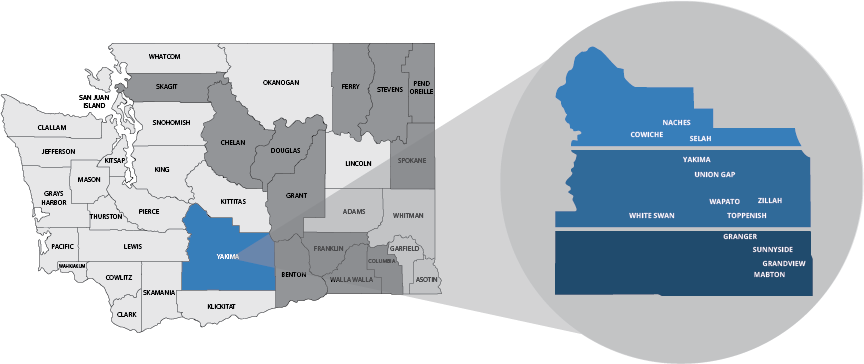Our Home
In Yakima County you will enjoy four seasons, great weather, plenty of scenic vistas, and numerous outdoor amenities. These natural assets are complemented by a burgeoning healthcare sector, inexpensive land, a high speed fiber optic network, low tax rates, and a highly trained workforce. The County has a strong agricultural…





